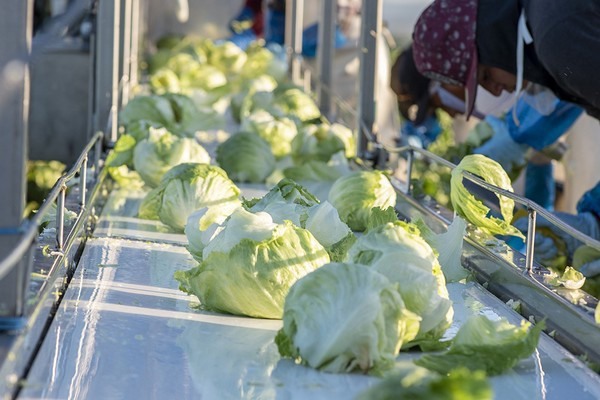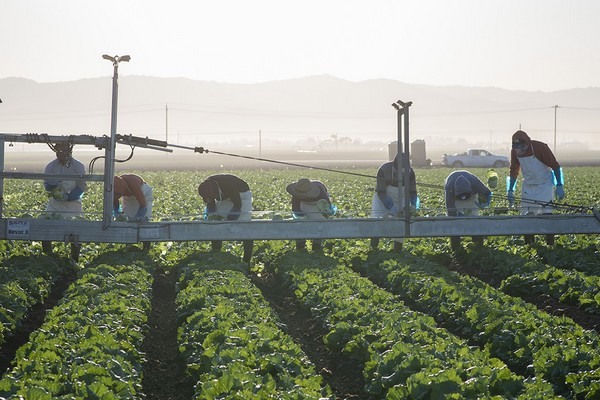Supplies of lettuce are ample right now, in part thanks to the shift in foodservice demand on the product.
“Lettuce supplies are robust,” says Mark Vaughan of Santa Maria, CA-based Fresh Avenue, adding that this week, the remaining growers working out of Yuma, Az. should transition back to Salinas, Ca.
Vaughan adds that while retail sales have somewhat normalized again after the panic shopping events seen in grocery stores throughout March and early April, the strong supply picture though is more linked to the downturn in foodservice demand for lettuce. “While we’re seeing a slight improvement in foodservice demand as each day goes by, it’s still significantly off,” he says. “Not only is business off but this is the peak period for foodservice. Spring is typically peak demand with schools still in session, Mother’s Day, the early summer holidays, etc. The downturn is doubly impactful because of that.”

Vaughan does add that the demand for organic lettuces has remained stronger than demand for conventional lettuce.
Organic stays strong
As for pricing, while organic pricing has possibly even risen somewhat, conventional is priced lower than usual. “Demand is the wild card here as it usually is,” Vaughan says, adding that how and when states reopen for business will determine the strength of that demand. “I don’t think it’s going to be a wave but more like a rising tide,” he adds. “Demand may increase more slowly but that also may not be the case.”
What also remains to be seen is the impact of more of the population cooking at home during the COVID-19 shelter in place orders. “I think there will be some sustained momentum behind that. Perhaps, for example, people who used to eat out normally four nights a week will now only eat out two nights a week moving forward?” he says. “The economy is also headed towards some rough times and that may also perpetuate that momentum of eating at home because it is often cheaper to eat at home than eat out.”

Looking ahead, Vaughan says that growers have curtailed their upcoming plantings following the recent changes in demand. “We won’t see the impact of those curtailed plantings on the longer cycle crops like lettuce, romaine, broccoli and such until mid-June,” he says. “The shorter cycle crops like spring mix and spinach, arugula, they’ve curtailed those plantings at the same time. But they have a shorter growing cycle, so we’ll see the impact of that reduction by mid-May here. The longer cycle items we’re expecting robust supplies through mid-June and then, most growers have cut their plantings by 50-60 percent.”
For more information:
Mark Vaughan
Fresh Avenue
Tel: + 1-888-FRESH40
[email protected]
www.freshavenue.com
